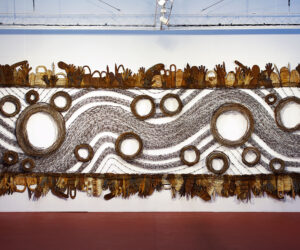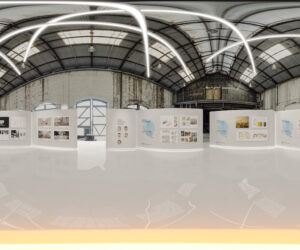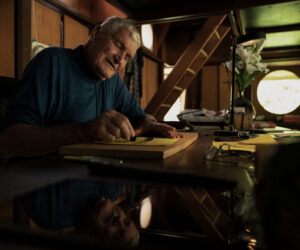Announcing MINI LIVING – INVERT 3.0
green magazine is excited to announce its third MINI collaboration: MINI LIVING – INVERT 3.0. The previous two iterations have challenged our understandings of how and where we live in urban environments, and MINI LIVING – INVERT 3.0 continues this legacy. This year the exhibition will focus on laneways, which are common to the suburbs of most Australian cities.
In more recent times, laneways have been used mostly for rear access to properties. Architects, however, see the potential of unused land on many blocks and the appeal of opening out to laneways. These underutilised corridors present solutions to pressing issues of housing affordability and land regeneration, as well as unique opportunities for community building and sustainable mobility.
With this in mind, green magazine has invited established and emerging Australian architects to respond to a hypothetical brief to design an independent dwelling on a piece of land carved from a suburban Melbourne block. Architects will also create 1:20 scale models of their designs.
RMIT Masters of Architecture students will also take part in MINI LIVING – INVERT 3.0. Their submissions will be exhibited alongside the architects.
The combined work of architects and students will be presented from 13 – 17 November with accompanying talks at Rapha Melbourne, 32 Guildford Lane in an exhibition open to the public.
For more information, head to: greenmagazine.com.au/invert
About MINI Living
MINI Living started in 2016 and is dedicated to developing novel residential concepts for urban conurbations worldwide. Developments in big cities such as space shortage and price increases are taken into account, as well as the desire for flexibility, local identity and communal interaction. In order to address these diverse aspects, the project takes the “creative use of space” principle as developed for the classic Mini in the field of automotive design and applies it to the residential context.



